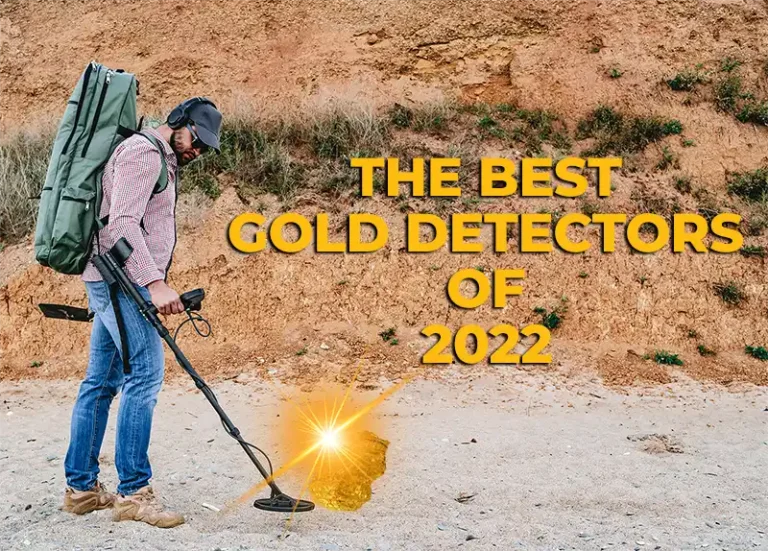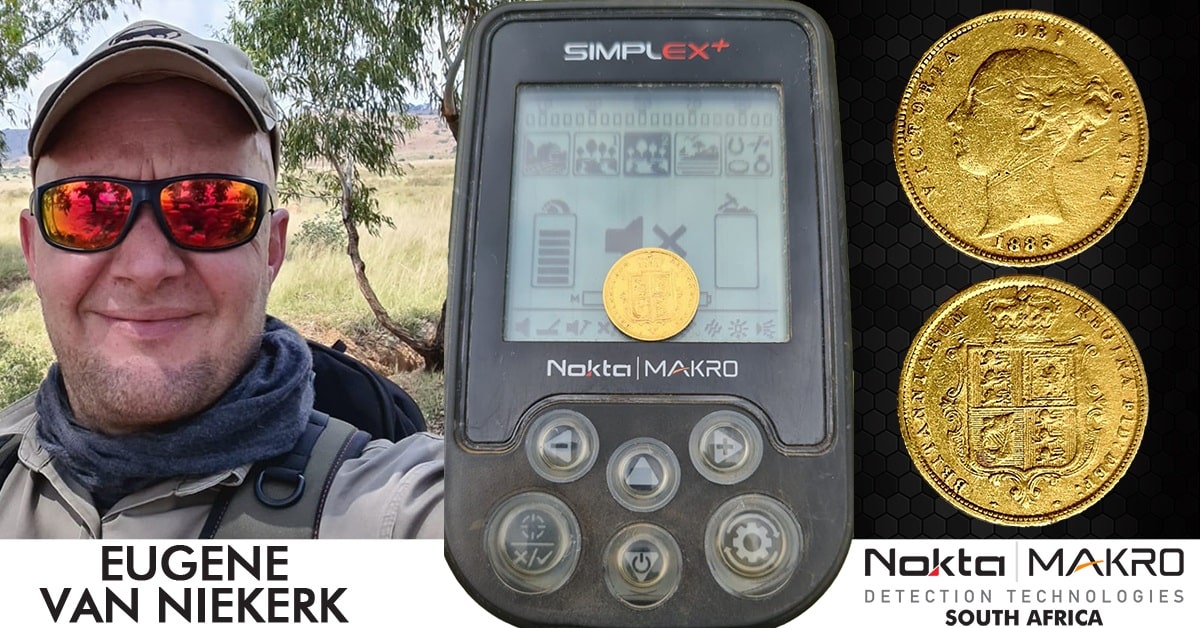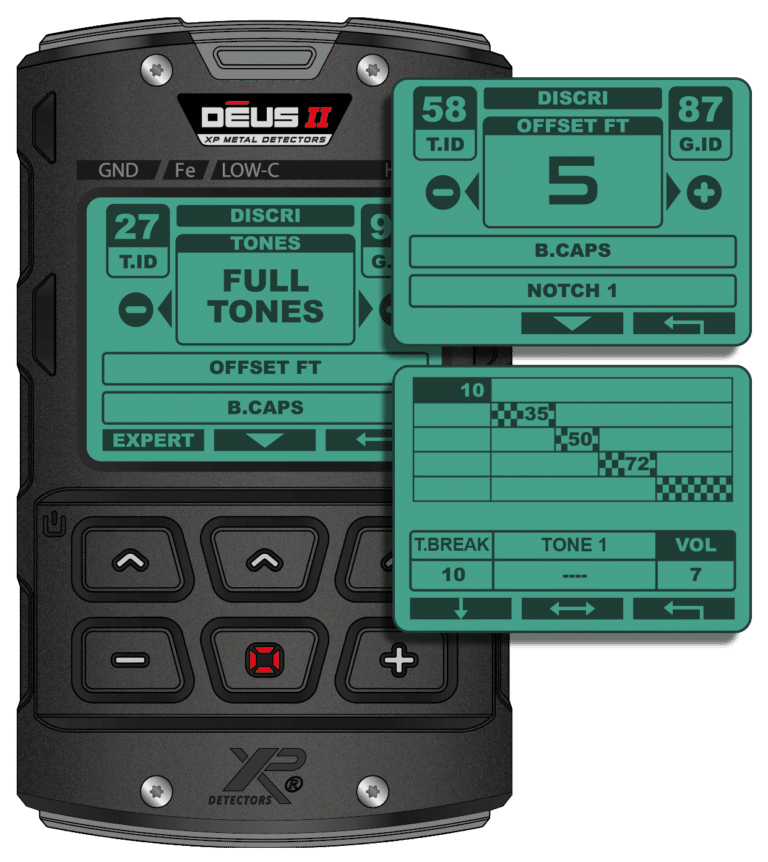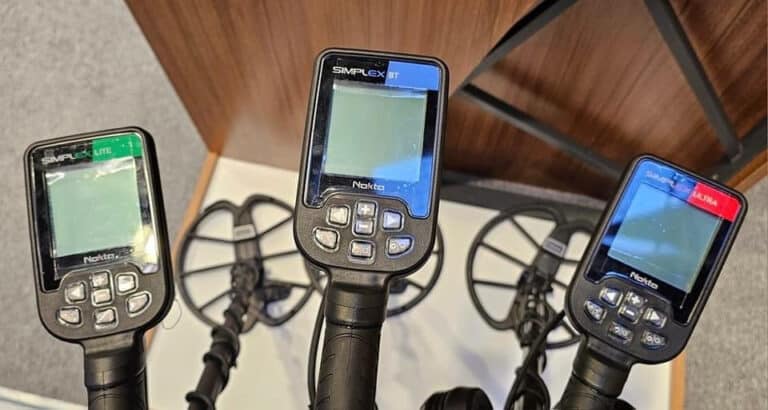Gold is a metal, so a Metal Detector is capable of finding gold, and vice-versa, a Gold Detector is also capable of detecting various metals.
Metal Detectors are primarily used by hobbyists who are looking to find a wide range of metals including, relics, artefacts, coins, jewellery including silver and gold.
A normal Metal Detector can be used to find gold rings, jewellery and coins which are considered large compared to finding natural gold such as small gold nuggets and gold flakes as you would when prospecting for gold. For the latter, you would need a true Gold Detector.
Compared to other metals, gold has low conductive properties which means a detector that operates at a higher frequency will perform better. Metal Detectors that are best suited for gold detection will operate at much higher frequencies, typically between 45kHZ – 61kHZ whereas hobby Metal Detectors usually operate at lower frequencies between 6.5kHZ – 14kHZ.
THE LIST BELOW SHOWS VARIOUS POPULAR DETECTORS AND THEIR FREQUENCIES (RELEVANT AS AT 2019/2020)
GOLD DETECTOR | FREQUENCIES
Nokta Makro Gold Kruzer | 61 kHz
Nokta Makro AU Gold Finder | 56 kHz
Nokta Makro Gold Racer | 56 kHz
Minelab Gold Monster 1000 | 45 kHz
METAL DETECTORS | FREQUENCIES
Minelab Equinox Series | Multi: 5, 10, 15, 20, 40 kHz
Minelab Vanquish Series | Multi: 5, 10, 15, 20, 40 kHz
Garrett AT Max | 13.6 kHz
Nokta Makro Simplex+ | 12 kHz
Garrett ACE 400i | 10 kHz
Garrett ACE 300i | 8 kHz
Garrett ACE 200i | 6.5 kHz
MINELAB GPX AND GPZ SERIES DETECTOR
Minelab have top of the range specialist pulse induction metal Detectors such as the Minelab GPX 5000 and Minelab GPZ 7000 that utilise their Zero Voltage Technology (ZVT). ZVT is not quite the same as the above detectors but emits pulses with two voltage levels that work in combination with differently timed pulses to increase the amount of power transmitted into the ground. This technology makes these detectors very effective at finding gold, but they do come at a premium price point as you would expect from such an advanced Detector.








